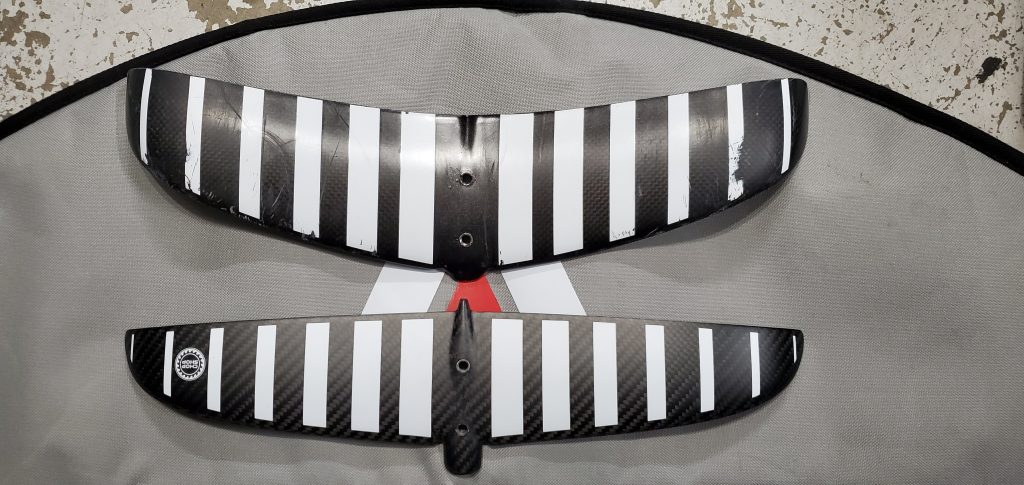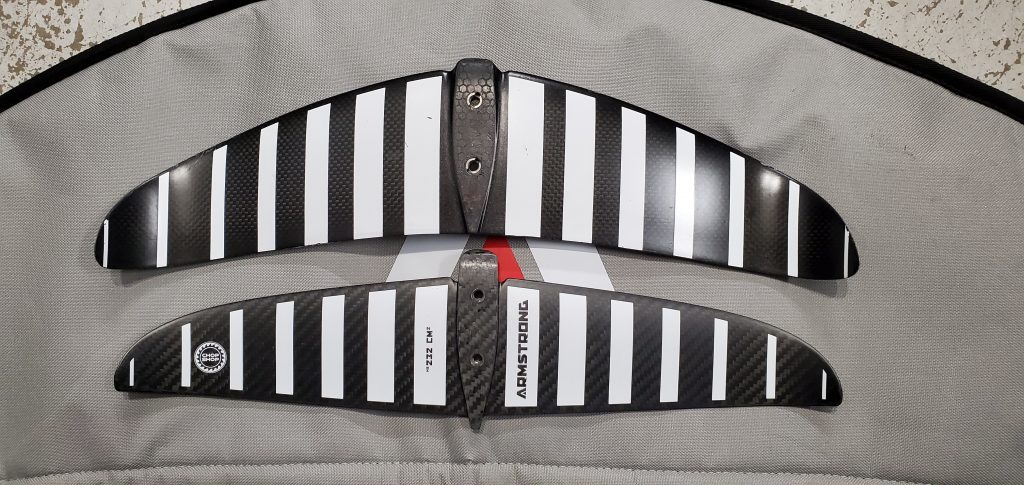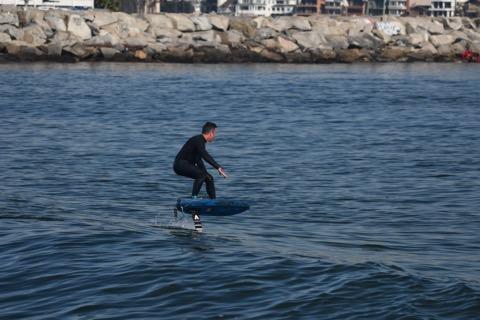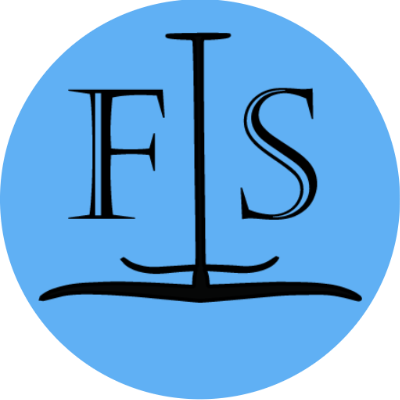Armstrong Foil Review





I now finally have a quiver of Armstrong foil wings to compare. Here is my opinion of the Armstrong foil and the wings that I have currently. Please note that this is my opinion and not fact. I have no financial ties to Armstrong and I paid retail for all my equipment. Here is my journey with the Armstrong system.
I first purchased the Armstrong 1200 wing with a 70cm keel in May 2019. I had an MFC Hydros at the time and the Armstrong was to be another feather in my quiver. The construction is top notch. I was very impressed by the finish and the way the parts fit together. The design of a pure carbon and titanium foil is brilliant. I bought my foil from Infinity Surf shop. It is in Dana Point which is not far from San Onofre where I love to foil. I learned of the shop having the foil on Instagram from a post I looked at right after my foil session at San Onofre. The shop was just opening, and I drove there to buy it. Spending two grand to walk out the door with the foil seemed steep, but in the shop I was impressed with the construction so I grabbed the bag and headed back to San Onofre to try it out. I parked and went to put together my foil and then noticed that one of the holes in the fuselage was shallow and shiny at the bottom. I could not get a bolt in it and realized that there was a broken bolt in the hole! I drove back to the shop and they had others, so I received another fuselage that did not have plugged hole and drove back to San Onofre. I put my foil together and went out into less than ideal conditions and rode the foil. I was crushed. I felt like it was so slow and that the tail was dragging. My MFC was so fast and this seemed like a snail. I chalked it up to the conditions and my first experience on the foil. The next day I rode it again and it still felt slow. I was really confused until I looked at the tail Shim that was included and it was a Negative 2! I went back to the shop again and they had one that was Zero degrees and I took that with the hopes that it would make a big difference. Wow, it really did.
I spent the next few months riding the 1200 wing on the 70cm fuselage and alternating it with the MFC Hydros 1250. I loved the construction of the Armstrong, but the MFC was so much more responsive and easier for me to pump and even turn. Then by the end of the summer people where starting to cut the fuselage down and the 60cm and 50cm production ones came out and I bought them as soon as I could.
I tried the 60cm fuselage and BAM, I was able to turn so much better and pump a lot further. I felt like I made a giant leap up in skill level. This one small adjustment made all the difference in the world. I realized that the MFC I was riding had a 63cm fuselage and it was why I liked it better during this period. I have tried to go back to the 70cm fuselage and each time I do I switch back. I do think the 70cm has a place in one’s foil arsenal. I think the 70cm would be great for Tow in sessions and downwind sessions where stability would outweigh pumping and radical turns. I could see using it for those situations.
I had fine tuned my foil to a 60cm fuselage with the 1200 wing, zero shim, standard tail and this seemed to work well in a variety of conditions. Turning was good and pumping to a second wave was about 50% of the time. The problem was that I only had the 1200 wing so when I traveled I would take my MFC Hydros since I had the 1050,1275 & 1400 wings to match any condition.
Lucky for me Armie had wings in the works. By chance I met him at San Onofre one day and he was using the HS1550 wing. I was able to borrow one for a session. I ordered one immediately and waited for it.
The 1550 opened and whole new world for me. I was using the MFC 1400 and I was able to pump and turn well with that but with the HS1550 my pumping skill seemed to accelerate. This is a flying wing. The glide on this wing is unmatched by any other I have used so far. That is saying a lot since I have had the MFC 1400, the Axis 900, and the Signature Albatross 210 & 175. Glide is the ratio of Lift to Efficiency (Drag) of a wing. In my comparison of the MFC, Axis and Armstrong, it was the Armstrong that was the fastest wing. I would have never guessed that. I would have said the MFC, but in my real world testing it was the Armstrong that consistently had the highest speed for a session.
Now at this point tail chopping was in full swing and when the 232 tail came out I was one of the first to get it. I used it for the first time in Kauai at the Kalapaki Bay Challenge. I have not taken it off since. Yes, that is how much of a difference it made and that is how much I like it.
Then this past month of January 2020 I saw the 1050 wing was going to be released and I ordered it immediately. I have had it for the past few weeks. It is a turning machine and pumps decently.
Here are my thoughts on all three wings. I did three 45-minute sessions at San Onofre January 28,2020 on each wing with the 60cm fuselage and the 232 tail wing in zero shim. The surf report was a Northwest swell 2-4 feet. The opinions also include impressions from other sessions I have done on each wing.

1050HS Wing
My first session of the day was on the HS1050. I kept the foil mounted in the same spot that I use for the 1200 wing.
TAKE OFF
This wing does not have a lot of lift. I found that on take-off I would need to take some pressure off my front foot to get me off the water. I could keep my feet in the same spot that I used for the other wings but just needed to adjust the fore and aft weight distribution a little. It was nothing dramatic. What I noticed right away with this wing is that speed did not bother me. It felt steady and controlled at higher speed. In fact, I found myself trying to get as much speed as possible.
TURNING
When I first rode this wing I found myself trying to get a lot of speed so that I could really lean into a turn with this wing. Normally I would try and temper some speed before initiating a turn, but with this wing I did not feel that way. Turning is easy on the wing because it did not want to lift or dive during the turn. The pitch and roll control felt intuitive. Going into a turn and out felt clean and natural. Balanced would be the word I would use for the wing’s turning characteristic.
LIFT
The lift on the wing is linear and easy to control. I found that I needed to be more back-footed with this wing. High speed did not require me to make large front foot weight adjustments like I would on other wings. I could just let the wing gain speed and enjoy the acceleration. The waves were not that big so I never maxed out the wing but I felt like it needed some more power in the wave for it to reach it’s potential. The linear lift with the small surface area made for a very predictable wing at speed.
PUMPING & GLIDE
Pumping on the 1050 required a lot more effort and higher frequency. It is the type of wing that if you lose the speed or rhythm then you are done. You can see that in the video when I try to get on the second wave I bog down easily. The wing requires a higher level of skill and strength to keep it going. I would make about 20% of my second wave attempts with this wing. I am sure this will go up with more experience and better technique. The wing is fast but does not have good glide. It does not have a lot of lift and the higher efficiency does not make up for this. If you are looking for a pumping wing or a lot of glide the 1050 is not it.
OVERALL
This wing is absolutely needed in a foil quiver. This wing can be thought of as your high performance shortboard. You want this wing when the waves are bigger or have more push to them. I would say that this wing would be best in shoulder or higher waves. You can ride it in smaller waves, but the other wings are better suited for that. This wing is a turning machine. If you are like me and are more of a cruising type then this wing will compel you to turn once it is under your feet. Balanced turning with a feeling of control is my best description

1200 Wing
This was my second session of the day. The 1200 is the work horse of wings. It works in all sorts of conditions. If you can only take one wing with you then this is the one.
TAKE OFF
I have used this wing for months in a variety of conditions. Over-head waves to one foot it is a great wing for take-off. It has a lot more lift then the HS1050. I find that I need to put a lot of pressure on my front foot if the wave has some height or push to it. That being said, I can keep the front down thru the take-off and then slowly back off with ease.
TURNING
This wing is great in the turns. If you look at the video you can see that I can turn the foil well with this wing, but it is sensitive in the turn. I find that if I lapse on my fore-aft (Pitch) balance then the wing will dive or breach. You can see this in the video. I also feel the need to temper some speed before I initiate a turn. This may be a function of my weight which is around 140lbs. I would think if you weight more this may not be as much of an issue.
LIFT
This wing has a nice linear lift profile. There is a moderate amount of lift to the wing, but it is controllable. I find that I need to be a little more front footed with this wing. If I gain a lot of speed I need to put a fair amount of pressure on the my front foot to keep from breaching. I find that sometimes I just do not have enough pressure on the front and I can feel the wing get to the surface and just wait for the inevitable crash. You all know that situation.
PUMPING & GLIDE
This wing is a great compromise between turnability and glide. I found that when I ride this wing my second wave success rate goes up to the 60% range. I can even skip a wave to try for the next outside wave. If you lose the rhythm there is a small chance to recover. The pump frequency is less and the effort to maintain the pump is less than the HS1050 wing.
OVERALL
I said this before but it is worth repeating. This is the work horse of wings. It is the Daily Driver board you would bring to the surf to ride a variety of conditions. It works in many conditions and is a great compromise. It is a fantastic wing to use. It glides well and turns with great control. It is not the best at anything but is great at everything. I think this wing is best suited to surf between ankle to shoulder high waves that are not too powerful. If you are not sure which wing to take out in the surf, then just use this one and you will not go wrong.

1550HS Wing
This was the third and final session of the day. I was tired but this was my best session. There is something magical about this wing. It makes up for all my lack of talent.
TAKE OFF
The 1550 is a lot of wing. It is big and has a lot of surface area. Take-off’s on this wing are easy if the wave is small, but get progressively more difficult with the size of the wave. I have been able to use this wing in waves up to head high but the take off requires a lot of skill. Once you get a lot of speed all bets are off for keeping control. Small waves are a pleasure with the wing allowing you to get into waves earlier and with more control. It definitely requires a much heavier front foot approach along with mounting the keel about 1cm further back then the smaller wings.
TURNING
This is a big wing and turning is compromised with it. It does turn well but only at low speed. I find that the turn I like the best with this wing is the roundhouse turn as I approach the second wave. I am never going too fast for this and then you can just rotate 180 degrees with a simple twist of your torso. Pitch control is critical on this wing during a turn. If you do not place enough front foot pressure the wing will breach. Also, during more radical turns the wing tip can breach the surface and disrupt your turn. The HS1550 wing is more attuned to drawn out turns then radical tail slide turns.
LIFT
This wing has a lot of lift, but it is still very linear. This means that as you increase speed the lift does not change abruptly. It does rise but in a controlled way. I find that as I gain speed, I need to shift my weight forward in a progressive way. When I have maxed out the speed of the wing I did feel in control and able to keep the lift under control. The only caveat is initiating a turn at this speed was a scary endeavor that required care and thought.
PUMPING & GLIDE
This is the HS1550 wing’s strong point. It is a highly efficient wing. During my testing of all three in a single day I used this wing last. I was tired and did not expect to make many second waves. I made 80% of them despite my fatigue. That is how good the glide is on this wing. Pumping is much easier, and the frequency can be decreased. I find that I can look out beyond the first wave to outside waves as possible second waves while on this wing. You can even pause and glide between pumps. Recovery from getting to low on this wing is possible. I find that if I exaggerate my pump once or twice, I can get the wing up higher and recover. I cannot do this on the smaller wings.
OVERALL
This is the wing that I keep going back to time and time again. It may be because I am older and less athletic then I used to be. The wing just makes everything easier. It is the Fun-board in your quiver. I am not so interested in being radical or getting airs. I just want to make some doubles and triples while enjoying the ride. This wing makes that possible for me.
Standard Tail Wing
I used the standard tail wing for many months. It is a great tail wing. It is very predictable and has a steadiness to it that is comforting. Turning is controlled and smooth. Pumping is enhanced with this tail. I did feel like it dragged some, but only after switching to the 232. I would have not said that before that.
232 Tail Wing
The 232 is a turning tail wing. You can tail slide it if you want. It has a nervousness to it that is fun. It feels fast and loose. It does not have that locked in feeling that the larger tail wing has during turns. It does not feel out of control. It just gives you the option to take the turn more aggressively if you want.
Fuselage Length
I have all three lengths of fuselage. Here are my thoughts on each.
70cm Fuselage– This is a very stiff set-up. Pumping and turning are more drawn out and for me difficult since my stance is not very wide. I always felt I was in the wrong spot for pumping riding the 70cm. It is a steady set-up and I would use it for tow in at high speed to help stabilize the ride.
60cm Fuselage– This is the sweet spot for me. I found that as soon as I switched to this length I could turn and pump much better. I felt my feet where in the right place. The pitch control was comparable to the longer fuselage. I use this length 90% of the time because it just works. It is a balance between the other lengths.
50cm Fuselage– I use this fuselage when I feel like I want to get radical. This length turns on a dime. Take-offs are much trickier with the Pitch sensitivity amplified. Pumping requires a quicker frequency. I feel like it is too sensitive for me and I have to work much harder to get a good ride


Bringing It All Together
Here are some interesting observations from my three sessions in one day.
- The bigger the wing the higher the percentage of second waves I was able to complete despite my increasing fatigue. This is not a surprise. 1050- 20%, 1200- 40% and the 1550-80% completion rates
- The bigger the wing the higher my top speed was. This does not seem like it should be correct, but the numbers do not lie. The top speed, longest ride & longest time for; 1050=24kph & 149m 26 seconds,
1200=25kph & 156m 27 seconds,
1550=27kph & 318m 58 seconds.
I attribute this to the wing making up for my lack of talent and allowing me to be in the right spot at the right time. I had the most fun on the 1550 because it let me complete my doubles and gave me the longest rides.
- Switching between wings was easy. I think the key is to have some experience on each wing so that when you switch you have that muscle memory there. I used the same board so that variable was eliminated. I also think going from smaller to bigger is easier. I would recommend doing it in that sequence if you plan on a multi session day.
I am a big advocate of having a quiver of wings to use in a variety of conditions. Each of the wings has an advantage and a disadvantage that must be used to one’s benefit. The HS1050 wing is my high performance shortboard. I will use it when the waves are bigger, or they have a wall and some power to lay out some turns. The 1200 wing is my daily driver board for mediocre to fun conditions. I know it will work no matter what the wave is like when I get out into the line-up. The HS1550 wing is my funboard. It just makes life easier. It makes me better than I really am by allowing me to make sections and second waves. I admit I am a fan of the Armstrong system. I was not impressed with the original 1600 wing, but they have improved their wings as the sport has progressed and I like what they have to offer. I would like to see a HS version of the 1200 and a true high aspect wing in the 1200-1300cm range. The fuselage choice is great with the 50cm, 60cm and 70cm all filling a niche. I think that no matter what system you choose you would be wise to see the range of front wings, tail wings and Fuselage lengths they offer and make that a higher priority than one particular wing. If you have any questions or feedback please DM me on Instagram @surfdocsteve
